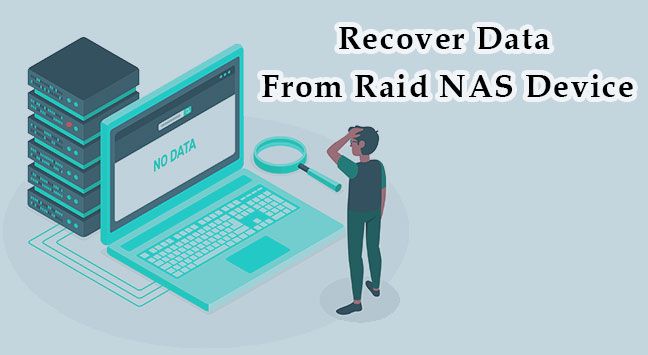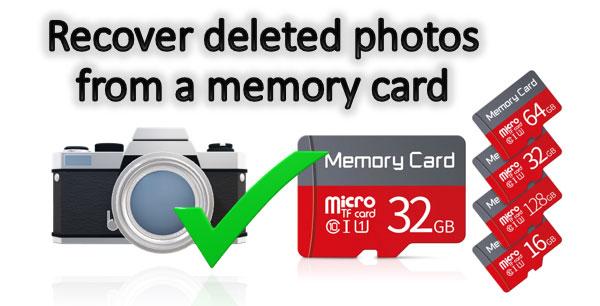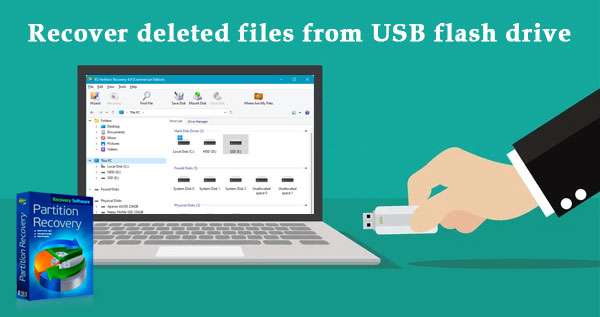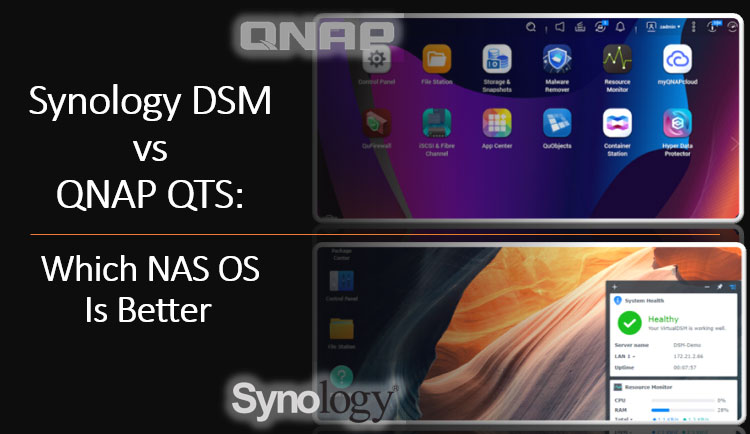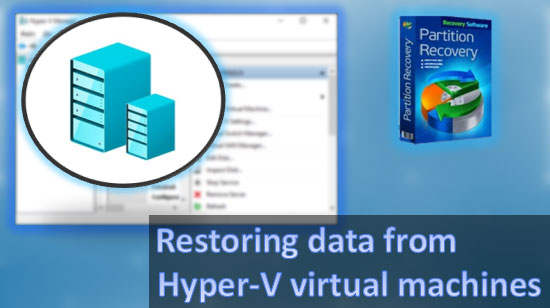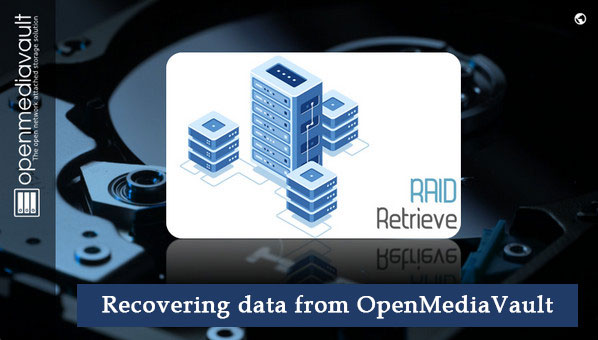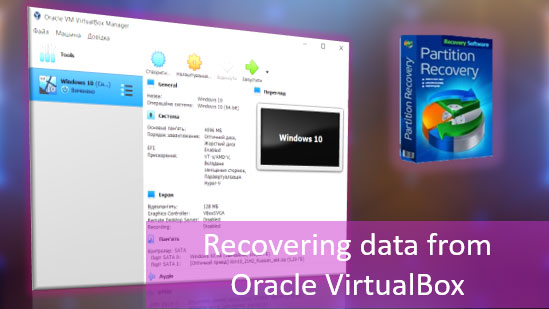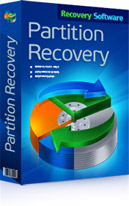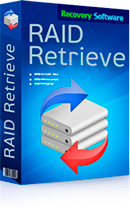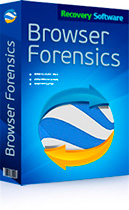In the world of distributed data storage on NAS devices such as Synology, QNAP, ASUSTOR, Western Digital, Thecus, TerraMaster, Buffalo and others, information recovery has become an integral part of security. This article brings together methods for recovering data from RAID NAS devices, including drive failure scenarios and simple file recovery without removing drives.
- Den Broosen |
- |
- 9 min. Reading |
Accidental deletion of photos from a memory card can occur due to various factors, such as mistakenly pressing the "Delete" button, formatting the card, or damaging the device. Losing valuable images can be extremely frustrating. In this article, we will explore methods for recovering deleted photos from a memory card. We will discuss different recovery techniques and provide tips for preventing data loss in the future.
- Den Broosen |
- |
- 8 min. Reading |
Have you ever accidentally deleted important files from your USB flash drive? Don't worry - it's a common problem that many of us face. In this article, we will show you how to recover deleted files from a USB flash drive, providing you with valuable insights and step-by-step guidance to retrieve your lost data. Whether it's a critical document, cherished photos, or any other type of file, we've got you covered with the information you need to bring those files back to life.
- Den Broosen |
- |
- 19 min. Reading |
Which NAS operating system is better - Synology DSM or QNAP QTS? Both operating systems come with ready-made NAS devices from their manufacturers, Synology and QNAP, respectively. Let's compare these two operating systems - what they represent in general, and what possibilities they can offer for data storage.
- Den Broosen |
- |
- 19 min. Reading |
How to recover data from Hyper-V virtual machines? Data loss can occur due to hypervisor failure, Windows failure, or user actions. In this article, we will discuss what can be done in such situations. We will cover topics such as troubleshooting when a Hyper-V virtual machine fails to start, recovering important data from a non-starting machine, restoring deleted data within the machine, and more.
- Den Broosen |
- |
- 5 min. Reading |
OpenMediaVault (OMV) is a specialized operating system for independently assembled NAS storages. It is based on Debian Linux, one of the popular operating systems, and provides software for creating data storage based on various hard drive arrays. So, how can you recover data from a NAS storage created in OpenMediaVault?
- Den Broosen |
- |
- 10 min. Reading |
Oracle VM VirtualBox virtual machines store data in *.VDI virtual hard disk files. When virtual machine files become corrupted, it becomes difficult to load the virtual machine data files. Thus, there is a need to recover data files from the virtual machine.
- Den Broosen |
- |
- 19 min. Reading |
OpenMediaVault (OMV) is undoubtedly one of the finest dedicated operating systems for building a homemade NAS. It's not only completely free but also remarkably lightweight on hardware requirements. Built upon the solid foundation of Debian Linux, OMV comes equipped with all the essential features needed to get your NAS storage up and running. Furthermore, it offers the flexibility to add additional functionality through the use of plugins. All of this is presented in a modern and user-friendly interface.
OMV boasts compatibility with various file systems, including XFS, JFS, F2FS, Btrfs, Ext3, and most importantly, the highly efficient Ext4.

